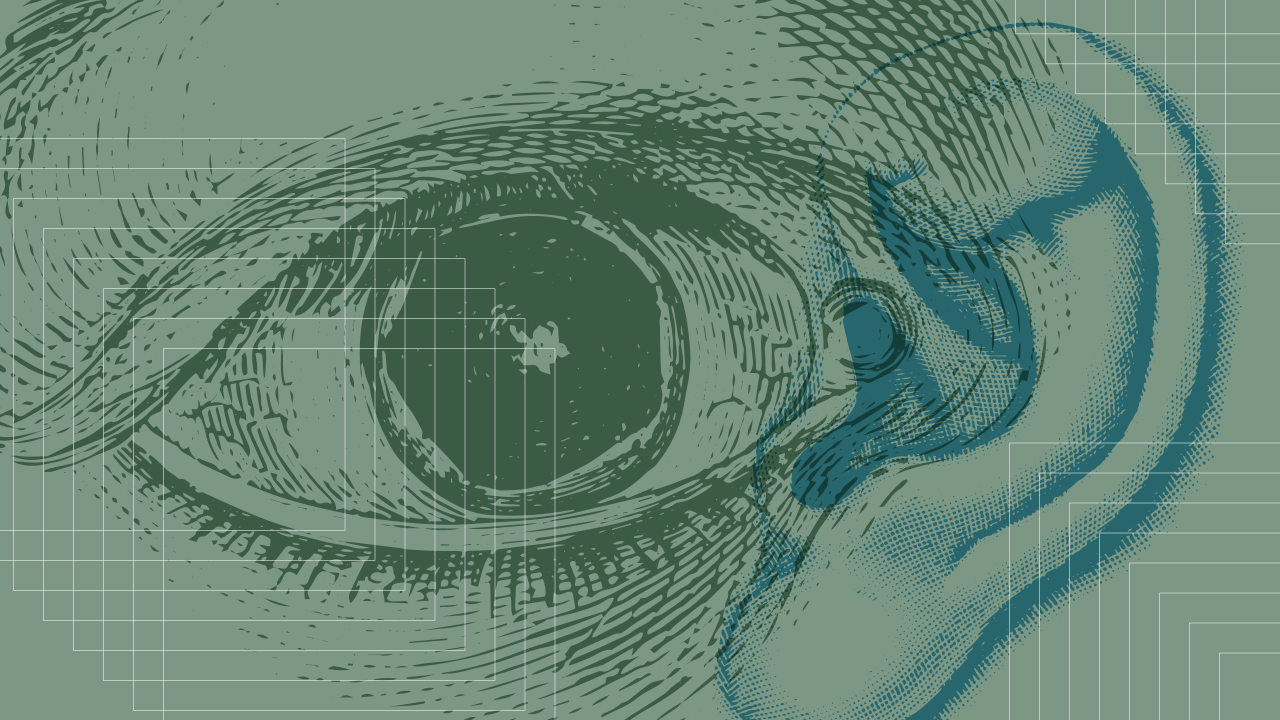As artificial intelligence continues to gain traction, the parallels between how machines learn and how our brains process information become increasingly significant. Interestingly, a variety of neural network architectures, particularly convolutional neural networks (CNNs), are not only revolutionizing vision-related tasks but are also reshaping the landscape of auditory processing. In this exploration, we’ll delve into how these neural networks are shaking up the fields of voice technology, speech recognition, and beyond, drawing fascinating connections between sound and sight.
The Symbiosis of Vision and Hearing: CNNs Unveiled
CNNs were initially crafted with image processing in mind. They adeptly identify patterns in data by focusing on localized features through a concept known as convolution. This approach mimics the way human cognition discerns shapes and objects across a visual field. For instance, when identifying a face in a photo, the CNN performs a meticulous scan, examining various areas for relevant features: it might first identify edges, then move on to features like eyes or mouths. This method reflects a fundamental trait of human perception.
However, what’s particularly compelling is the applicability of CNNs in auditory tasks. Instead of pixels, these neural networks analyze sound waves. By transforming raw audio into a multi-dimensional structure, CNNs can discern phonemes and understand speech in a manner akin to visual object recognition. This duality highlights a profound insight: our auditory and visual processing pathways are not as disparate as they may seem; they share foundational principles.
From Speech Recognition to Intent Understanding
The comprehension of spoken language involves numerous intricate processes, one of which is intent classification in natural language understanding (NLU). When a user issues a command, for example, “Schedule a meeting,” the system must identify the intent behind the action. Here, CNNs can effectively process the auditory signals to locate keywords that signal specific tasks. This technique has shown remarkable improvement over traditional methods, showcasing a performance boost of over 10%. Such advancements indicate a deeper convergence of audio and visual processing in AI development.
Neuroscience Meets Machine Learning: Synesthesia and Beyond
Digging deeper, the connection between audio and visual stimuli extends to fascinating phenomena such as synesthesia. This condition, where distinct sensory pathways overlap, can lead to experiences where sounds evoke visual imagery. Research suggests that similar neural structures manage audio and visual interpretation in humans. For instance, individuals with hearing impairments often repurpose auditory processing areas in their brains for visual communication, such as sign language. This overlap showcases not just the brain’s adaptability, but also the potential for CNNs to leverage similar techniques across modalities.
Practical Implications and Future Possibilities
The implications of these advancements are vast. Imagine a few years from now, you’re in a self-driving vehicle firing off commands to a virtual assistant to play your favorite tunes or navigate to a restaurant. In that scenario, various CNNs would be working harmoniously behind the scenes to make this interaction seamless. Different CNNs would be specifically trained for each task, though intriguingly, many foundational features learned at lower levels can transfer across different tasks and even different languages.
Convergence Through Computational Power
Another avenue of innovation arises from the utilization of Graphical Processing Units (GPUs). Originally tailored for enhancing computer graphics, they have proven invaluable for machine learning tasks related to both audio and visual data. This stems from their ability to handle parallel computations efficiently, making them a go-to for training complex deep neural networks. It’s fascinating to think that advancements in gaming technology can now enhance the training speed and efficiency of AI systems.
Conclusion: A New Era of Machine Understanding
The journey of integrating CNNs from vision into auditory applications is just the beginning. With neural networks displaying a remarkable ability to generalize features across tasks, we’re ushering in an exciting era in human-machine interaction. The blending of audio and visual perception is not merely a technical achievement; it’s a reflection of how modern technology can emulate human cognition more closely than ever before. As we steadily stride forward into this new frontier, it’s clear that there are still rich discoveries ahead.
At fxis.ai, we believe that such advancements are crucial for the future of AI, as they enable more comprehensive and effective solutions. Our team is continually exploring new methodologies to push the envelope in artificial intelligence, ensuring that our clients benefit from the latest technological innovations. For more insights, updates, or to collaborate on AI development projects, stay connected with fxis.ai.

